Spunlace and spunbond are two of the most widely used non-woven fabric technologies in various industries today. Both offer unique properties and benefits, making them suitable for different applications. Understanding the differences between spunlace and spunbond fabrics is crucial for selecting the right material for your specific needs. In this comprehensive comparison, we’ll delve into the manufacturing processes, properties, advantages, disadvantages, and applications of each fabric type to help you make an informed decision.
What is Spunlace Fabric?
Spunlace fabric, also known as hydroentangled fabric, is a type of non-woven textile produced by entangling fibers using high-pressure water jets. This mechanical bonding process results in a strong, flexible, and soft fabric with isotropic properties, meaning it has the same strength in all directions. Spunlace fabrics are renowned for their excellent drape, softness, and absorbency, making them ideal for applications requiring gentle handling and flexibility.
Manufacturing Process
The spunlace process involves:
- Fiber Preparation: Short or continuous fibers are laid out in a web formation.
- Hydroentanglement: High-pressure water jets are directed onto the fiber web from multiple angles, entangling the fibers without the need for chemical binders or thermal processes.
- Drying and Finishing: The entangled fabric is dried and may undergo additional finishing treatments to enhance specific properties.
Properties of Spunlace Fabric
- Softness and Flexibility: Ideal for comfort-oriented applications.
- High Absorbency: Excellent for hygiene products.
- Isotropic Strength: Uniform strength in all directions.
- Breathability: Allows air and moisture to pass through easily.
Applications of Spunlace Fabric
- Hygiene Products: Baby diapers, feminine hygiene products, adult incontinence products.
- Medical Supplies: Surgical gowns, masks, drapes.
- Disposable Garments: Towels, wipes, and cleaning cloths.
- Agriculture: Crop covers and protective textiles.
What is Spunbond Fabric?
Spunbond fabric is another prominent type of non-woven textile produced through the spunbonding process. Unlike spunlace, spunbond fabrics are created by extruding thermoplastic polymers to form continuous filaments, which are then laid down in a web and bonded together using thermal processes. This method results in a strong, durable, and lightweight fabric with excellent tensile strength and dimensional stability.
Manufacturing Process
The spunbond process involves:
- Extrusion: Thermoplastic polymers (such as polypropylene) are melted and extruded through spinnerets to form continuous filaments.
- Web Formation: The filaments are laid down randomly to form a web.
- Thermal Bonding: The web is passed through heated rollers or air streams to bond the filaments together, enhancing strength and durability.
- Cooling and Finishing: The bonded fabric is cooled and may undergo additional finishing treatments.
Properties of Spunbond Fabric
- High Tensile Strength: Durable and resistant to tearing.
- Dimensional Stability: Maintains shape under stress.
- Lightweight: Suitable for applications requiring minimal weight.
- Barrier Properties: Effective at blocking liquids and particulates.
Applications of Spunbond Fabric
- Geotextiles: Used in construction for soil stabilization and erosion control.
- Automotive Components: Interior linings, filters, and insulation.
- Packaging Materials: Protective covers, agricultural films, and disposable packaging.
- Medical Products: Surgical drapes, wraps, and protective barriers.
Key Differences Between Spunlace and Spunbond
| Aspect | Spunlace | Spunbond |
|---|---|---|
| Manufacturing Process | Hydro-entanglement using high-pressure water jets | Thermal bonding using heat and continuous filaments |
| Fiber Type | Short or continuous fibers, typically cellulose or synthetic | Continuous thermoplastic filaments, typically polypropylene |
| Bonding Method | Mechanical entanglement without adhesives | Thermal bonding using heated rollers or air streams |
| Strength | Isotropic strength (uniform in all directions) | High tensile strength and durability |
| Flexibility | Highly flexible and soft | Less flexible, more rigid |
| Absorbency | High absorbency | Lower absorbency compared to spunlace |
| Breathability | Excellent breathability | Good breathability with barrier properties |
| Cost | Generally higher due to hydroentanglement process | Generally lower due to continuous filament process |
| Environmental Impact | Water-intensive process, recyclable fibers | Energy-intensive thermal process, recyclable thermoplastics |
Advantages and Disadvantages
Spunlace Fabric
Pros:
- Softness and Comfort: Ideal for products that come into direct contact with the skin.
- High Absorbency: Excellent for hygiene and medical applications.
- Isotropic Strength: Uniform strength enhances durability.
- Eco-Friendly Options: Can be made from recycled fibers.
Cons:
- Higher Cost: The hydroentanglement process is more expensive.
- Water Usage: Water-intensive manufacturing process may have environmental concerns.
- Limited Tensile Strength: Not as strong as spunbond fabrics, limiting certain applications.
Spunbond Fabric
Pros:
- High Strength and Durability: Suitable for demanding applications.
- Cost-Effective: Lower production costs make it economical for large-scale use.
- Lightweight: Ideal for applications where minimal weight is essential.
- Barrier Properties: Effective at blocking liquids and particulates.
Cons:
- Less Flexibility: More rigid, which may not be suitable for comfort-oriented products.
- Lower Absorbency: Not ideal for applications requiring high absorbency.
- Environmental Concerns: Energy-intensive production and use of thermoplastics may impact sustainability efforts.
Applications and Use Cases
Spunlace Fabric
Spunlace fabrics are preferred in industries where softness, flexibility, and absorbency are paramount. Common applications include:
- Hygiene Products: Baby diapers, adult incontinence products, and feminine hygiene products benefit from spunlace’s softness and absorbency.
- Medical Supplies: Surgical gowns, masks, and drapes require the fabric’s flexibility and barrier properties.
- Disposable Garments: Towels, wipes, and cleaning cloths leverage spunlace’s softness and absorbency.
- Agriculture: Crop covers and protective textiles utilize the fabric’s flexibility and breathability.
Spunbond Fabric
Spunbond fabrics are ideal for applications that demand strength, durability, and cost-effectiveness. Common uses include:
- Geotextiles: Soil stabilization, erosion control, and road construction benefit from spunbond’s high tensile strength.
- Automotive Components: Interior linings, filters, and insulation require the fabric’s durability and lightweight properties.
- Packaging Materials: Protective covers, agricultural films, and disposable packaging utilize spunbond’s barrier properties and cost-effectiveness.
- Medical Products: Surgical drapes, wraps, and protective barriers benefit from spunbond’s durability and barrier capabilities.
Conclusion
Both spunlace and spunbond fabrics offer distinct advantages tailored to specific applications. Spunlace excels in applications requiring softness, flexibility, and high absorbency, making it ideal for hygiene and medical products. On the other hand, Spunbond stands out in applications demanding strength, durability, and cost-effectiveness, such as geotextiles and automotive components.
By understanding the key differences in their manufacturing processes, properties, and applications, you can make informed decisions to select the best non-woven material for your needs. Whether you prioritize comfort and absorbency or strength and durability, spunlace and spunbond fabrics provide versatile solutions across various industries.
Frequently Asked Questions (FAQ)
What is spunlace material?
Spunlace material is a type of non-woven fabric produced by entangling fibers using high-pressure water jets. This process results in a soft, flexible, and highly absorbent fabric suitable for various applications, including hygiene products and medical supplies.
What is the difference between spunbond and spunlace?
Spunbond fabrics are created using thermal bonding, which provides high tensile strength and durability, making them ideal for applications like geotextiles and automotive components. In contrast, spunlace fabrics are made through hydro-entanglement, offering softness, flexibility, and high absorbency, making them suitable for hygiene and medical products.
Which non-woven fabric is better for medical applications?
Both spunlace and spunbond fabrics are used in medical applications, but spunlace is typically preferred for products requiring softness and high absorbency, such as surgical gowns and masks. Spunbond is chosen for applications needing durability and strength, such as surgical drapes and protective barriers.
Are spunlace and spunbond fabrics environmentally friendly?
Both spunlace and spunbond fabrics can be environmentally friendly depending on the fibers used and the manufacturing processes. Spunlace fabrics can incorporate recycled fibers and have a lower energy requirement compared to spunbond. Spunbond fabrics are often made from recyclable thermoplastics, but their thermal bonding process is energy-intensive. Sustainable practices and recycled materials enhance their eco-friendliness.
Contact Us for More Information
Choosing the right non-woven fabric is essential for the success of your projects. If you have any questions or need further assistance in selecting between spunlace and spunbond fabrics, feel free to reach out to our experts at Favourite Fab.
Email: sale@favouritehub.com |WhatsApp: 9528811566
Related Articles
- What is Spunlace Fabric? A Comprehensive Guide to Its Properties & Uses
- Spunlace Nonwoven Fabrics: Applications and Benefits
- Top 10 Spunlace Uses in Various Industries
- Spunlace Fabric Manufacturers in India: Leading Suppliers



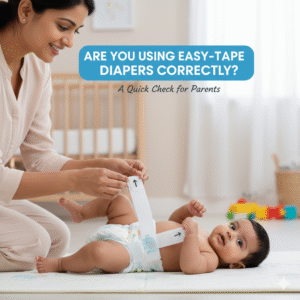
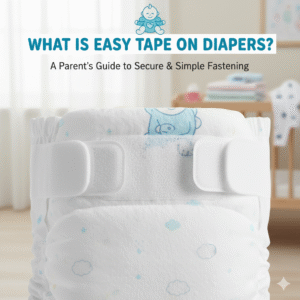
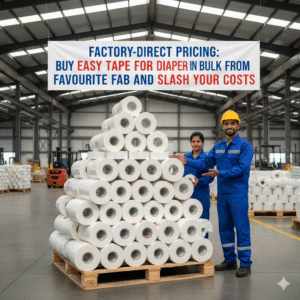
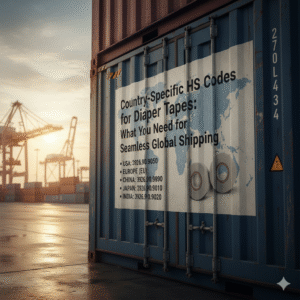
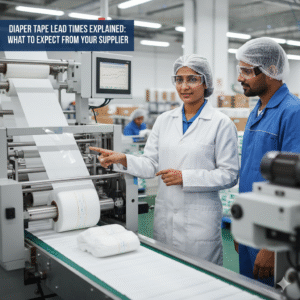
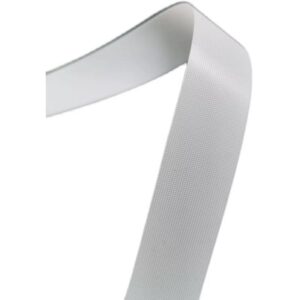
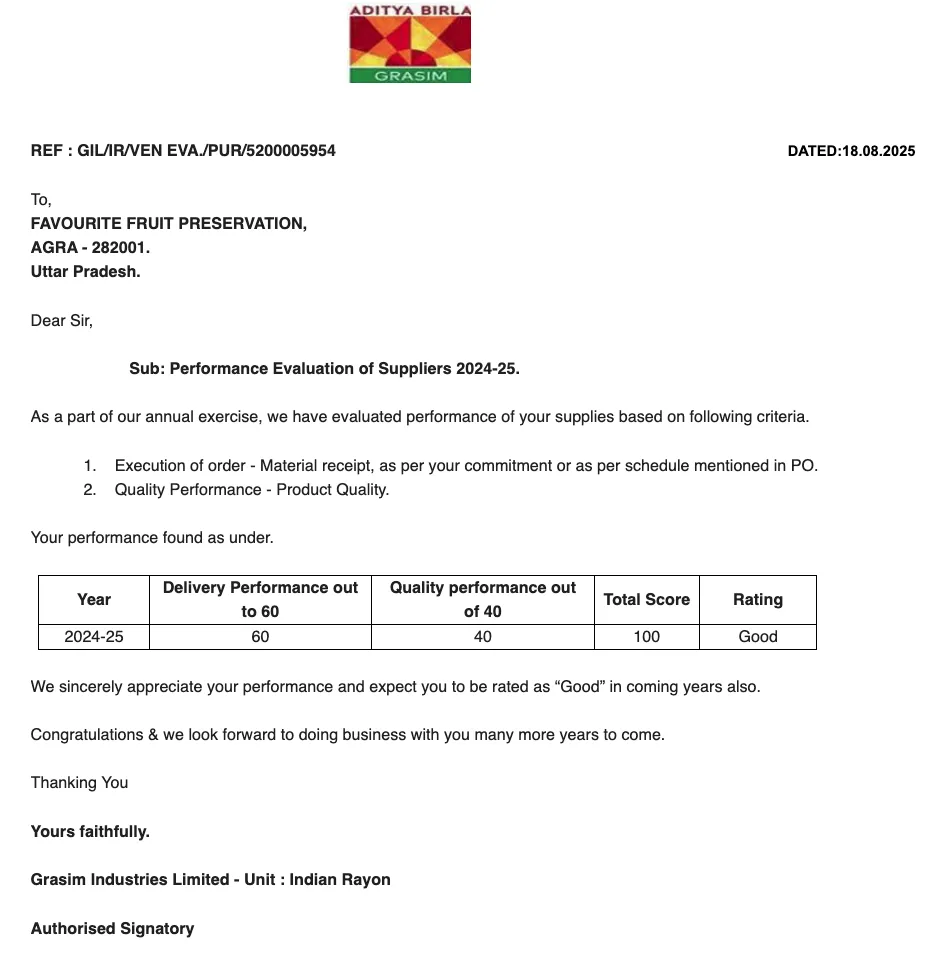




























We Do Business On Trust.Our Nonwoven fabric Business is Built on trust. Trust starts with Transparency.
Mr.Ramniwas Garg Founder Of Favourite Group